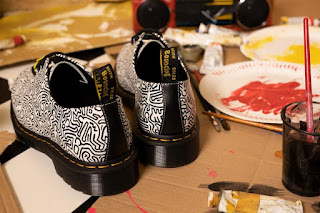I was listening to a podcast not long ago and learned many interesting things about Rembrandt's Night Watch. So much has come to light about his technique, and the many instances he changed his mind and painted over spots. All this is thanks to modern day technology.
That's only half the story.
When I started to draft this post, I turned to Wikipedia.
What really caught my attention was the image size choices, as I generally select the largest size for use in my blog. Here's what I saw: 287 × 240 pixels | 573 × 480 pixels | 917 × 768 pixels | 1,222 × 1,024 pixels |
57,813 × 48,438 pixels. "Wow," I thought, then I wondered why.
Here's the story:
On May 13, 2020, the Rijksmuseum published a 44.8 gigapixel image of The Night Watch, made from 528 different still photographs (24 rows of 22 pictures stitched together digitally with the aid of neural networks). Created primarily for conservator scientists, by making it public the Rijksmuseum has opened the virtual door for anyone to see the master's brushstrokes.
Never before has such a large painting been photographed at such high resolution, and it is still a work in progress. In total the robot will take more than 8400 photos at an extremely high resolution of 5 microme-tres, or five thousandths of a millimetre.
Operation Night Watch - Rijksmuseum






